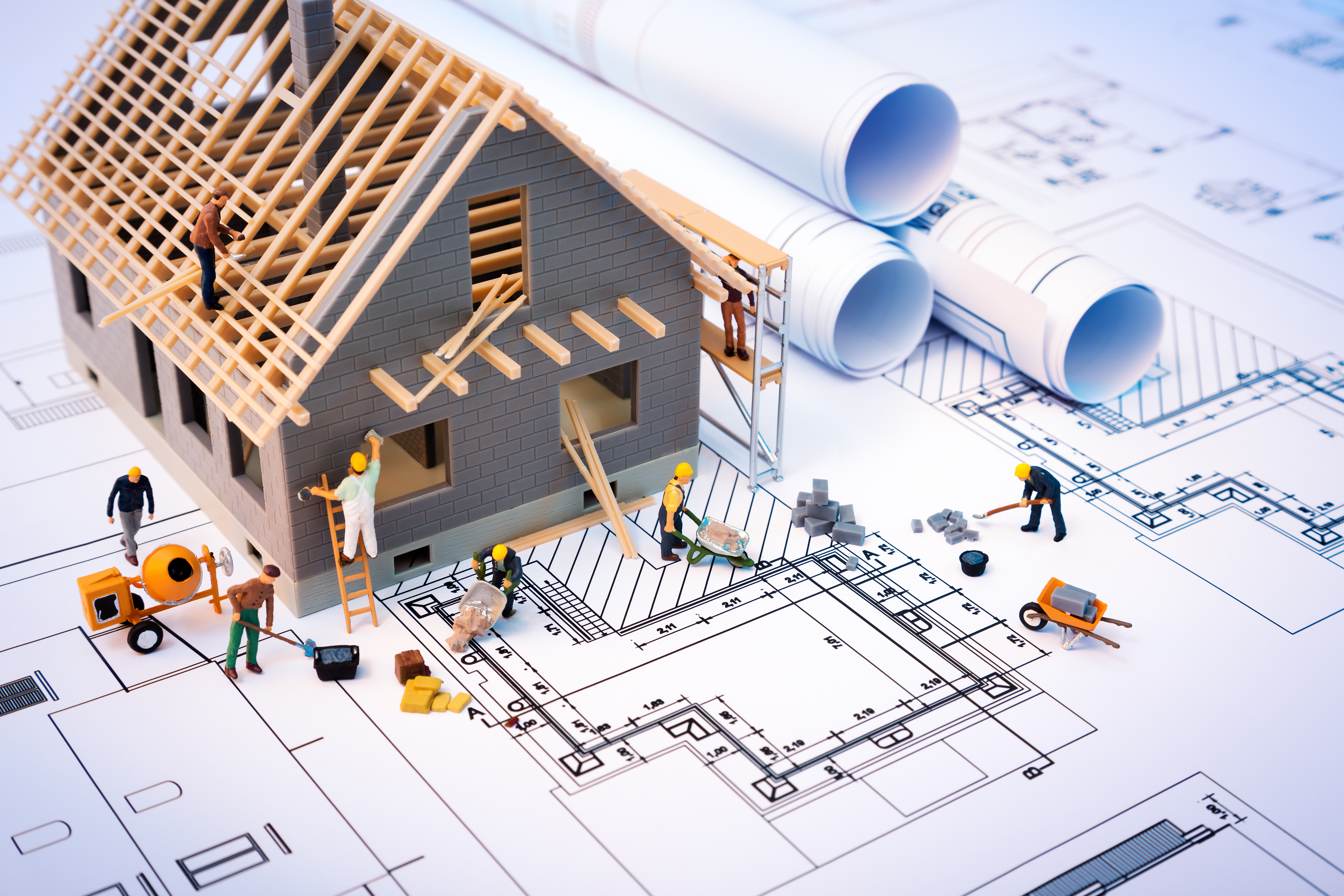Introduction
Building your dream home requires careful budgeting and planning. Account for land costs, construction, interiors, permits, and landscaping. Set aside a 10–15% contingency fund for unexpected expenses. Explore financing options like home loans, construction loans, government schemes, or self-funding, and choose repayment plans wisely. A solid financial plan ensures your dream home becomes a reality with minimal stress.
In this article
Planning Your Perfect Home
Alright, let’s face it – building a house is like hosting a big, fat wedding. There’s excitement, chaos, and expenses spiralling out of control if you don’t have a solid plan. So, let’s break this down.
A. Estimate Total Costs

Step one: Know where your money is going. The costs pile up faster than you can keep track of, so here’s what you need to watch out for:
1. Land Costs:
o Land price (this is where it all begins).
o Registration and stamp duty (depends on which state you are in and is usually around 7 to 9%).
o Lawyer fees – to ensure you are buying a legal property and won’t face issues later.
2. Construction Costs:
o Foundation – A strong foundation is worth investing in, as this is where your vision starts taking shape.
o Structure – Cement, bricks, steel... basically the “skeleton” of your dream home. The stronger it is, the better your finished home will look and feel.
o Roofing – Whether you’re going for tiles or slabs.
o Walls and plastering – This directly adds to the beauty and strength of your home.
3. Interior and Finishing:
o Modular kitchen (yes, it’s fancy, but it’s functional). It helps save space and makes cooking a pleasure.
o Wardrobes and cabinets – Depends on how much you want to store.
o Electricals and plumbing – Let’s light the house up and ensure there’s water all the time.
4. Permits and Approvals:
o Pay your dues to the municipal authorities for building approvals, clearances, and utility setups.
5. Landscaping:
o Even if you’re not a gardening enthusiast, a nice boundary wall and a gate that impresses.
B. Set Contingency Funds

• Rule of thumb: Always expect the unexpected. Think price hikes, sudden “what if we add this?” moments, or a transport strike—or whatever the he(i)ck!
• Buffer it: Keep 10–15% of your budget as a rainy-day fund.
Remember, it’s not just a “just-in-case” fund – it’s your saviour fund when things go sideways.
C. Financing Options

Unless you’re self-sufficient, chances are you’ll need some financial backing. Here’s how to play it smart:
1. Home Loans:
o Check your eligibility (a good credit score helps).
o Pick a repayment plan you can live with (10–30 years).
o Fixed vs. floating interest? Fixed is predictable; floating is risky but rewarding when rates drop.
2. Construction Loans:
o These loans come in bite-sized chunks (disbursed in phases) based on your building progress.
o No milestone = no money, so keep your contractor on their toes.
3. Government Schemes:
o If it’s your first home, you might qualify for subsidies under schemes like PMAY. Check with your local housing authority or financial institutions for details.
4. Self-Funding:
o Be honest about how much you can contribute (or all your savings?).
5. Contingency Loans:
o Employer housing loans or even a top-up loan can be a lifesaver if you hit a snag.
In conclusion
You’re building more than just a house; you’re building a financial plan. So, lay it all out, stick to it like super glue, and keep some extra funds ready because life loves throwing curveballs. Need a spreadsheet template to get you started? We’ve got your back!
Related articles
Share this article on:
Sign up for the newsletter
If you want relevant updates occasionally, sign up for the private newsletter. Your email is never shared.

















